
All categories
Featured selections
Trade Assurance
Buyer Central
Help Center
Get the app
Become a supplier

(836 products available)
















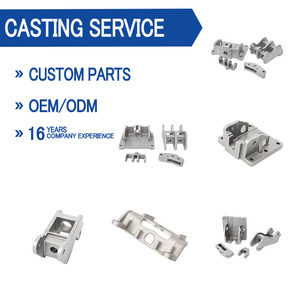


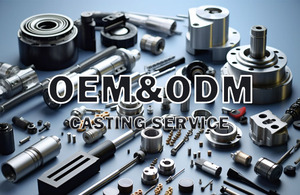




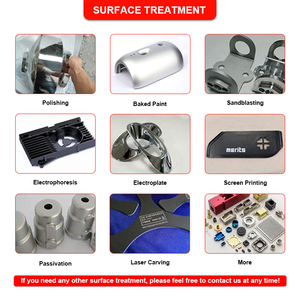
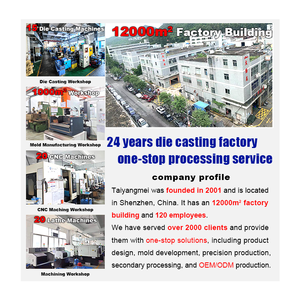


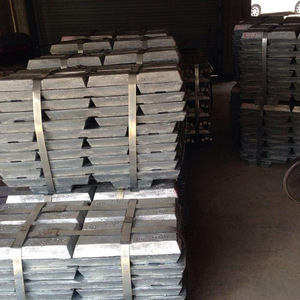
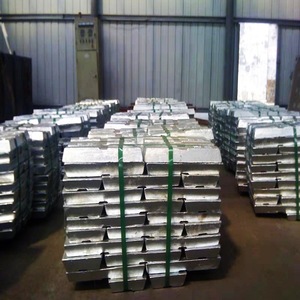
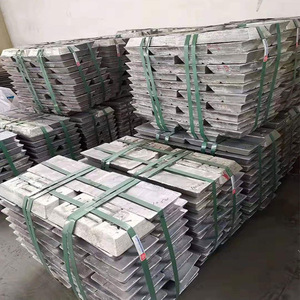


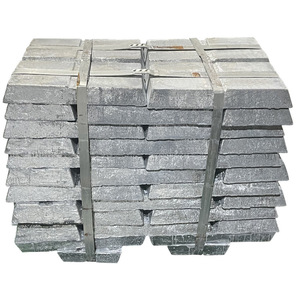
Zamak ingots are a series of alloys widely manufactured using zinc as the base metal. In most cases, they consist of other added metals such as aluminum, copper, and magnesium, each contributing to the distinct properties of each type. Below are the different Zamak ingot types for various applications.
This type has the highest zinc concentration at 99.5%. It is commonly used in electroplating, die casting, and the automotive industry.
Zamak 2 contains about 4% aluminum and 0.1% copper. This alloy opposingly has a lower zinc concentration, approximately 94.5%. It is commonly used in die casting with the requirement of strength and resistance to corrosion.
This alloy is the most commonly used Zamak alloy. Zamak 3 has about 94.5% zinc concentration, 3.5% aluminum, and 0.2% copper. They find diverse applications in the manufacturing of automotive parts, consumer goods, and other components.
Unlike the others, Zamak 4 ingots have a very slight copper content, about 0.1%, and a maximum of 1% aluminum. It has about 94% zinc concentration and is commonly used in parts requiring moderate strength and good corrosion resistance.
This alloy is specifically designed for European standards. It contains about 3% aluminum and 0.5% copper, unlike Zamak 2, which has 0% copper. It is predominantly used in die casting.
Zamak ingots wholesale have a high commercial value due to their unmatched versatility, ease of processing, and low cost. All these properties make them ideal for a broad range of applications, such as automotive components, electronic housings, and household goods. Their continuous demand across multiple industries increases their appeal to manufacturers, ensuring a steady influx of buyers.
In the world today, sustainability is a major concern, and Zamak ingots inefficiency is their saving grace. Zamak can be recycled multiple times without losing its quality. This factor helps minimize the environmental impact and cost of raw materials, making them a more attractive choice for manufacturers.
Owing to the rising demand for Zamak alloys, there is notable growth in the market for Zamak ingots. According to statistical data, the global zinc alloy market is anticipated to grow at a CAGR of 2.8% from 2023 to 2030. Therefore, this growth is prompted by the increased demand from diverse sectors, such as construction, electronics, and automotive, for ingots and recycled zinc alloys.
As for the trends, the existing trend is focused on optimizing alloy compositions for specific applications. For example, manufacturers add rare metals to increase their strength and conductivity. Also, the addition of metals like magnesium helps enhance the alloys' resistance to corrosion, particularly in the automotive and aerospace industries.
Zamak ingots possess divergent features due to their varying compositions. These features inheritedly contribute to the performance of the products manufactured using them.
Corrosion Resistance
Zamak's zinc content gives it outstanding resistance to corrosion. This property makes it useful for applications in humid or corrosive environments, such as automotive and marine components.
Durability
When magnesium is added, it increases the alloy's strength and durability. Besides, aluminum enhances the alloy's hardness and wear resistance, making it fit for producing long-lasting parts.
Die-Casting Suitability
Zamak ingots have excellent fluidity when melted. It allows them to fill intricate molds in die-casting processes. This fluidity ensures that detailed and precise components are manufactured for diverse applications.
Low Melting Point
Zamak ingots relatively have low melting points of about 380–400 °C. This feature makes the allowance easy to work with and ideal for complex manufacturing processes.
Good Finish
Since Zamak alloys have a smooth finish, they make the resulting products aesthetically appealing. Also, they are easily plated or painted. Therefore, this makes Zamak suited for consumer products.
Selecting the appropriate Zamak ingots requires a careful look at a number of factors. Below are the key considerations one should have in mind when purchasing Zamak ingots.
Alloy Composition
Different Zamak types have varying compositions of zinc, aluminum, and copper. Each alloy is typically suited for distinct applications. For example, Zamak 2 is great for corrosion resistance, while Zamak 3 is great for general use.
Purity and Quality
The Zamak ingots quality significantly affects the final products. Go for ingots manufactured with high-purity zinc. Ensure they have minimal impurities and contaminants for optimal results. Check for quality certifications to ensure standard adherence.
Supplier Reputation
Ensure you always select reputable suppliers who have proven consistency in product quality and reliability. Always check the reviews and testimonials to understand the supplier's ability to meet the customers' needs.
Application Requirements
Requirements such as mechanical properties, corrosion resistance, and thermal conductivity determine the Zamak alloy suitable for a given task. Check the changing demands of applications and select the alloy that best fits.
Market Availability
The availability of the alloys in the markets directly affects their price and accessibility. Go for alloys that are readily available in the market to ensure consistency in production.
Zamak ingots are movable and easy to use for a variety of purposes. Below are the typical uses of these ingots covering a broad range of industries.
Die Casting
This is the leading application of Zamak ingots through pressure or gravity for manufacturing. The melted Zamak fills molds to create complex and precise components. This die-casted Zamak is majorly used in the automotive, electronics, and consumer goods sectors where the demand is high for detailed components.
Stamping and Forming
In such processes, Zamak ingots are melted and then transformed into sheets or other forms. The formed materials are then used to manufacture divergent products with differing shape requirements. This process is common in producing brackets, housings, and decorative items.
Machining
Zamak alloys are represented as blocks or billets for machining to produce specific parts with tight tolerances. The machined parts are majorly used in precision applications found in the automotive and aerospace industries.
Electroplating
Mostly Zamak alloys are electroplated to improve their aesthetic and corrosion-resistant properties. For instance, in household products, coated Zamak parts provide a shiny finish that is not only visually appealing but also increases durability.
Rapid Prototyping
Zamak ingots are used in 3D printing applications accompanied by metal casting techniques. This use enables fast prototyping of products enabling testing of designs before full-scale production. It is beneficial for product developers in making swift changes to products.
A1. Generally, copper addition to Zamak alloys increases their strength and improves their wear resistance. This makes the alloys ideal for heavy-duty applications. In some Zamak varieties, the copper content is specifically adjusted to meet certain application requirements. For instance, in Zamak 2, which is widely used for die casting, the copper level is roughly 0.1%. In Zamak 5, which is mainly used in Europe, the copper content is approximately 0.5%.
A2. Yes, Zamak ingots suit such applications. The reason behind this is their outstanding resistance to rust and corrosion. Specifically, the magnesium and aluminum additions improve the alloys’ resistance to deteriorating effects of weather elements. This makes Zamak parts ideal for outdoor hardware, automotive components, and construction fixtures.
A3. Absolutely, Zamak alloys are commonly used in such industries. For instance, Zamak ingots are often used to manufacture electrical housings and connectors. The reason being their good thermal conductivity and easy machinability. Apart from that, Zamak 2 variety is specifically popular in electrical devices due to its resistance to corrosion.
A4. Usually, Zamak ingots can be easily recycled back to maintain their quality. First, the Zamak parts are gathered and sorted to remove impurities. They are then cleaned to remove contaminants such as grease and paint. Afterward, they are melted in a furnace to produce molten Zamak, then cast into new molds to manufacture products.
A5. The main difference between these two alloys is the copper content. Zamak 2 contains slightly higher copper content. While Zamak 3 has minimal copper content. This makes Zamak 2 suitable for high-strength applications requiring corrosion resistance. On the other hand, Zamak 3 is commonly used for general-purpose applications due to its moderate strength and corrosion resistance.